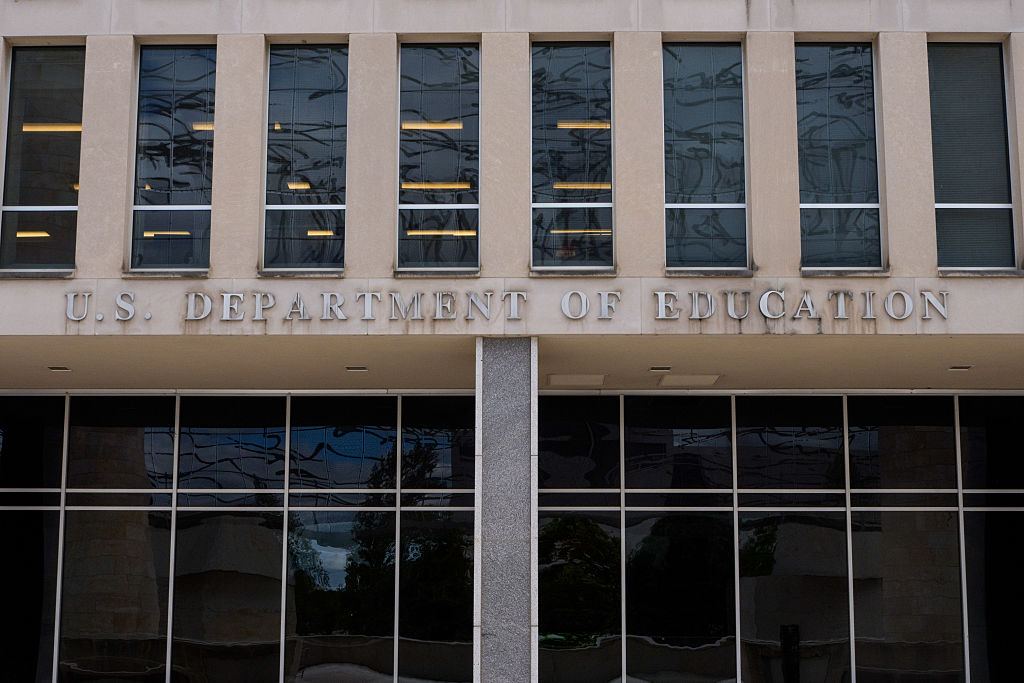The Trump Administration said it would resume student loan forgiveness for millions of eligible people as part of a deal with the American Federation of Teachers (AFT), months after the teachers’ union filed a lawsuit.
The Administration and AFT agreed that the Department of Education will resume processing loan forgiveness for eligible borrowers who have been enrolled in certain repayment plans for decades. In March, after the Trump Administration blocked loan forgiveness under those plans, the union filed a lawsuit against the department.
[time-brightcove not-tgx=”true”]
The new agreement will also ensure that borrowers who are set to have their loans forgiven this year won’t get stuck with a high tax bill because of processing delays.
“This year, we took on the Trump administration when it refused to follow the law and denied borrowers the relief they were owed,” AFT President Randi Weingarten said in a press release. “Our agreement means that those borrowers stuck in limbo can either get immediate relief or finally see a light at the end of the tunnel. And, crucially, they won’t ever get taxed on that relief. The AFT will hold the federal government to its word.”
The Department of Education said in a statement to The Associated Press that “the Administration looks forward to continuing its work to simplify the student loan repayment process through implementation of the President’s One Big Beautiful Bill Act.”
Here’s what to know about the deal.
Which forgiveness programs are included?
The Trump Administration agreed to forgive student debt for eligible borrowers enrolled in income-based repayment plans, income-contingent repayment plans, pay-as-you-earn payment plans, and the Public Service Loan Forgiveness program.
What else is required under the deal?
As part of the agreement, the Trump Administration must reimburse any borrowers who made additional payments beyond what was required.
The federal government will also have to file six monthly progress reports to update the court on the status of its application and loan cancellation processing.
How many borrowers will be affected by the deal?
Approximately 2.5 million people enrolled in income-driven repayment plans, under which monthly payments are based on income and family size, would be impacted by the deal, news outlets have reported.
Why did AFT file a lawsuit?
AFT and individual borrowers filed a lawsuit against the Department of Education in March, after the Trump Administration paused student loan forgiveness for borrowers enrolled in certain repayment plans.
After the lawsuit was filed, the federal government resumed accepting applications for borrowers to enroll in income-driven repayment plans, and later restarted processing those applications.
But until the agreement that was reached on Friday, the Administration indicated that it wouldn’t forgive student loan debt for people under certain income-driven repayment plans, “despite a legal obligation to do so under federal law,” AFT claimed in a press release.
“Today’s filing shows that the Trump administration has committed publicly, for the first time, that it does intend to follow the law and cancel student debt,” AFT said.

